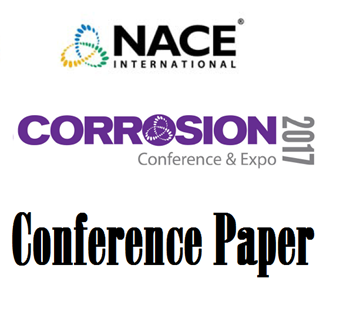Search
11292 Effect of Post Weld Heat Treatment on the Hydrogen Trapping Behavior of Pressue Vessel Steel
Also Purchased
11295 Hydrogen Damage and Prevention in the Oil Refinery
Product Number:
51300-11295-SG
ISBN:
2011 11295 CP
Publication Date:
2011
$20.00
Hydrogen in Steels: A Critical Review and Recommended Practices
Product Number:
51317--9548-SG
ISBN:
9548 2017 CP
Publication Date:
2017
$20.00
96601 FABRICATION, WELDING AND HEAT TREATMENT OF NICKEL ALLOYS
Product Number:
51300-96601-SG
ISBN:
96601 1996 CP
$20.00




